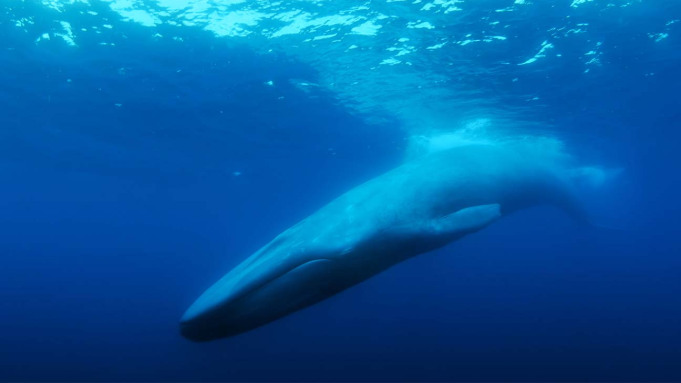For a seen animal — no human, at any rate — the whale known as 52 has a serious after. In a startling reward of Cold War counterintelligence, it’s anything but, a remarkable to-whales recurrence of 52 hertz, were found through maritime sonar in 1989. In this manner these sounds were followed for a very long time by William Watkins, an expert in marine warm blooded creature bioacoustics. That 52’s calls through the seas apparently went unanswered recommended that it was the just one of its sort, and this solitary cetacean story was the subject of a 2004 New York Times article that transformed it’s anything but a social sensation.
What could be more painfully lovely than the possibility of a mateless monster venturing to the far corners of the planet oceans, unfit to try and speak with another whale? One of the numerous individuals enamored by this marine secret was documentarian Joshua Zeman (The Sons of Sam, Cropsey), who transformed his interest right into it. The Loneliest Whale discovers him and an expert group of researchers setting out set for find 52. As somewhere around one master notes, looking for a tough to find little item would be an immense enhancement for their chances of success.The Navy will avoid the inquiry or delivery its ordered documents identifying with submerged sound observation, yet Zeman goes ahead, and, following four years of preparation, he and a couple of decided specialists set off into the blue Pacific on a little vessel that is called Truth and stacked with cutting edge tech. With enough publicly supported assets for just a seven-day endeavor, the mission is energized as much by trust as by anything.
The excitement and unflappability of the team are connecting with, in any event, when the film feels a piece adrift. The gathering is driven by bioacoustics expert John Hildebrand, a recognized educator at the Scripps Institution of Oceanography of UC San Diego, and Olympia, Washington-based examination scholar John Calambokidis, who years sooner experienced a crossover of the blue whale and the blade whale that may be a sign to 52’s natural profile.
They set out not in any event, knowing whether their Moby-Dick is as yet alive. Other fundamental inquiries emerge as the doc continues: If 52, whose tune involves a higher sound reach than the vocalizations of most whales, is without a doubt alone in the profound, is it forlorn? Or then again are its fans, with their postings and work of art and melodies, projecting their own computerized age nerves, or perhaps relating to the idea of being remarkable and misconstrued?
Entertainer Kate Micucci seems to sing her tribute to 52 and remark on the enthusiastic reverberation of the story. However genuine and enchanting as she may be, this grouping is symbolic of the manner in which the film progressively feels like a freely tied assortment of discrete segments; their pertinence is clear, yet there’s no stream to this watery story. The impact is a balanced outline. Zeman and co-author Lisa Schiller give foundation data on the whaling business, and the continuous impacts of the world’s bustling transportation paths on the whale populace — other than slamming into the well evolved creatures, the boats make such an uproar that they keep them from conveying across the submerged miles, making what one eyewitnesses calls “an entire expanse of desolate whales.”



